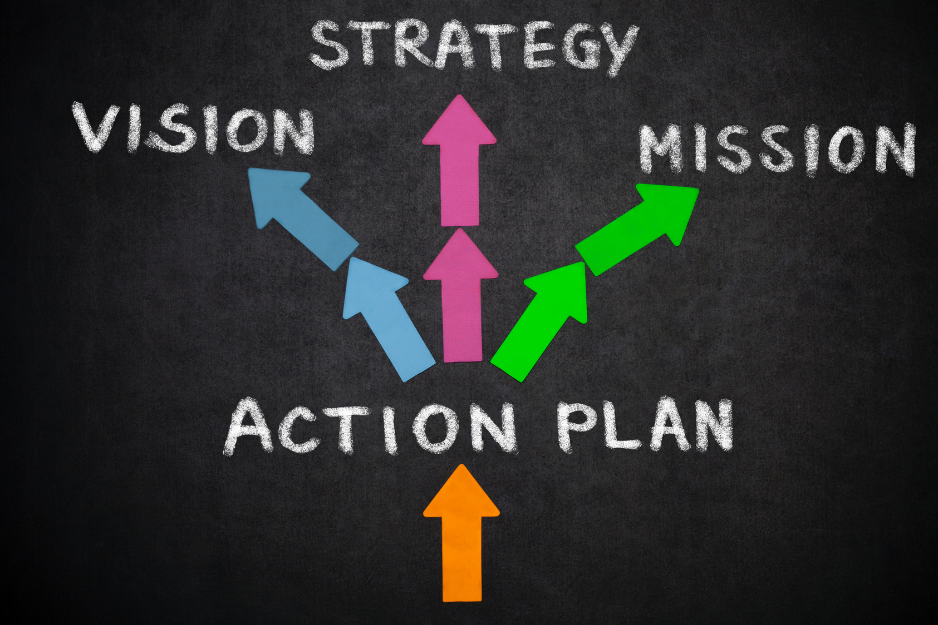
Why is it so important that a 90 Day Plan to check-in and review new hires or new promotions is a non-negotiable for but optional for everyone else including the CEO?
According to a Forbes article, a “transition plan will help organise and optimise your first 90 days in the role.” I ask: Why Stop There?
The 90 Day Plan can be a valuable tool for measuring and reviewing performance, with the CEO servicing as the company champion. It’s a bit like leapfrogging – where every 90 days you can essentially skip the low value tasks holding you back and leap ahead to focus on strategy where you can add the most value. These incremental leaps help ensure that you’re consistently staying ahead of the curve.
Adapting to Change
Change is constant, and the world around us is always evolving. Look at the infrastructure projects in Melbourne, the countless new car models and the ever expanding list of new careers and job titles on job boards like Seek. In just the past three years, the landscape has shifted dramatically – has your role or title kept pace?
Having a 90 Day Plan allows you to anticipate and prepare for change, making the future feel more manageable and less daunting. By working on both yourself and the business simultaneously, you create a symbiotic relationship that leads to growth and agility.
“ If you keep in mind the what, the why, and the how, you won’t get lost in debates about what a mission is, what a vision is, and what a strategy is.
— Michael D Watkins (Author of the First 90 Days)
What to Consider in Your 90 Day Plan
Built-In Flexibility
The modern CEO needs a flexible, dynamic “living document” that evolves over time. Your 90 Day Plan should include boundaries to manage work and personal life, taking into account activities such as holidays, moving house, company events, or external factors such as weather etc.
Ideally viewing your Plan regularly each quarter, you’ll have the chance to:
- reflect on changes you can make to improve effectiveness, both personally and within the business
- assess internal shifts, such as new hires or exits, innovations, or changes in company culture
- evaluate external shifts, such as market trends or industry disruptions
- adjust strategic goals if they no longer align with the business’s direction
- compare targets and actual performance to ensure alignment
A Human-Centric Plan
A well rounded 90 Day Plan isn’t just about hitting business targets, it’s about nurturing leadership and developing yourself for optimal long term success. The goal is to find balance – integrating strategy, flexibility, leadership growth and personal wellbeing to benefit both the individual and the business.
Balancing the Key Pillars in your 90 Day Plan
Business Focus
- Vision and Mission
- Strategic Priorities, Goals and Objectives
- KPIs and Performance Metrics
- Opportunities and Roadblocks
- Leadership and Team structure
Individual Focus
- Wellbeing – calibrate each quarter and score yourself on a scale of 1-10
- Mentorship and Professional Development – always strive to know more than your team
- Innovation – reflect on your own innovation and share insights with others
- Disruption – evaluate how you’ve disrupted your thinking and actions to foster positive change
Champion Feedback
As the CEO and champion of the 90 Day Plan, encourage feedback from your team. Honest, constructive feedback is essential for improvement and for refining your Plan. Encourage open communication, ask for the hard truth – it’s often tough to get from your employees but build trust and gain their support as this is the key to making your 90 Day Plan effective. And don’t stop with yourself – encourage your team to adopt the same 90 Day Plan approach, creating a culture of continuous improvement.
Leading the Change – 24/7 Commitment in Question?
There’s a common misconception that CEOs and leaders must always be “on” 24/7.
However, younger generations, particularly Gen Z and Millennial executives are leading by example when it comes to prioritising their wellbeing. Accordingly to a Deloitte’s Insight article 61% of Baby Boomers work more than 40 hours, compared to 35% of Gen X and only 29% of Gen Z/Millennials.
Reflect on this:
Performance Management Frameworks
Do you have the systems in place to keep you productive and focused, and energised while maintaining momentum?
